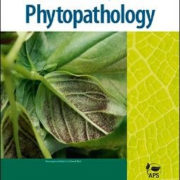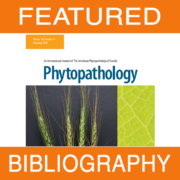Evaluation of a sampling method for Xylella fastidiosa detection in olive trees
Authors: L. Susca, O. Potere, V. Roseti, F. Civita, G. Loconsole, D. Boscia, and V.N. Savino
Type of contribution: Conference Abstract | Poster Presentation
Conference: 22th Congress of the Italian Society of Plant Pathology, 19-22 September 2016, Roma (Italy)
Keywords: Xylella, Sampling, qPCR
Corresponding author: L. Susca (UNIBA-DiSSPA)
Abstract
To assess the presence of the xylem-limited bacterium Xylella fastidiosa subsp. pauca strain CoDiRO in olive trees, a specific sampling method was evaluated. Symptomatic and symptomless plants were randomly selected in four olive orchards located in the province of Lecce (Southern Italy). The crown of each plant was subdivided into a lower and an upper portion; four samples were collected from each layer in the main four cardinal directions. A total of eight samples per plant, composed of one- or two-year-old asymptomatic twigs, were collected next to branches showing leaf-scorch symptoms. In this preliminary study, the null hypothesis was tested. i.e. there is no difference between the lower and the upper portions of the tree canopy and across the four cardinal directions. Samples (472), collected from 60 plants belonging to 11 different olive cultivars, were tested by qPCR. Only 38,1% out of 236 lower samples were positive to the bacterium, in contrast to 56,8% positive samples taken from the upper crown layer. The McNemar test determined that there is a statistically significant difference in the proportion of positive samples between the upper and lower crown (p<0,001). The Cochran’s Q test was performed to evaluate differences in the four cardinal directions. The null hypothesis suggesting there is no difference across cardinal directions was confirmed (p=0,097). Based on these preliminary results, it appears that sampling should be directed to the upper part of the canopy. However, further studies are needed to improve the efficiency of the sampling technique.








